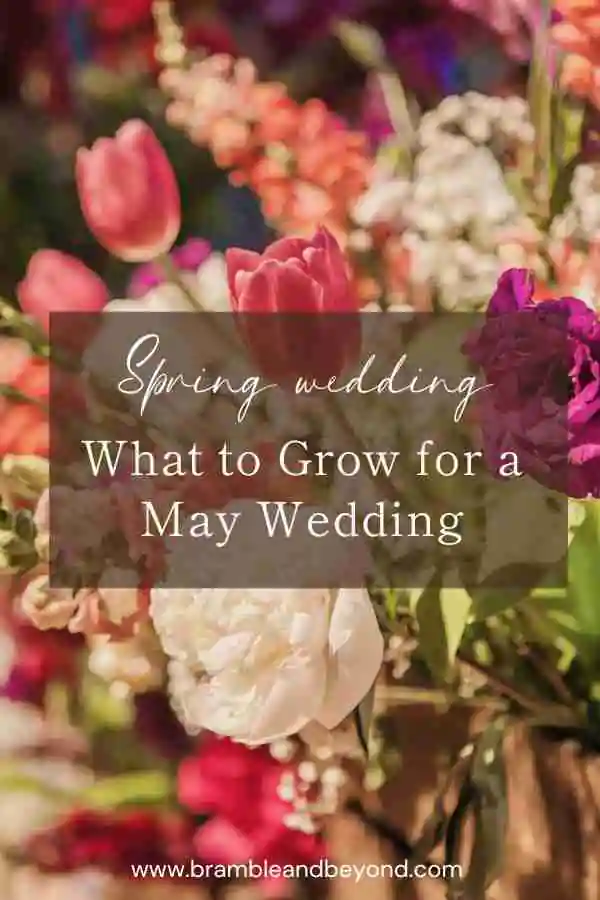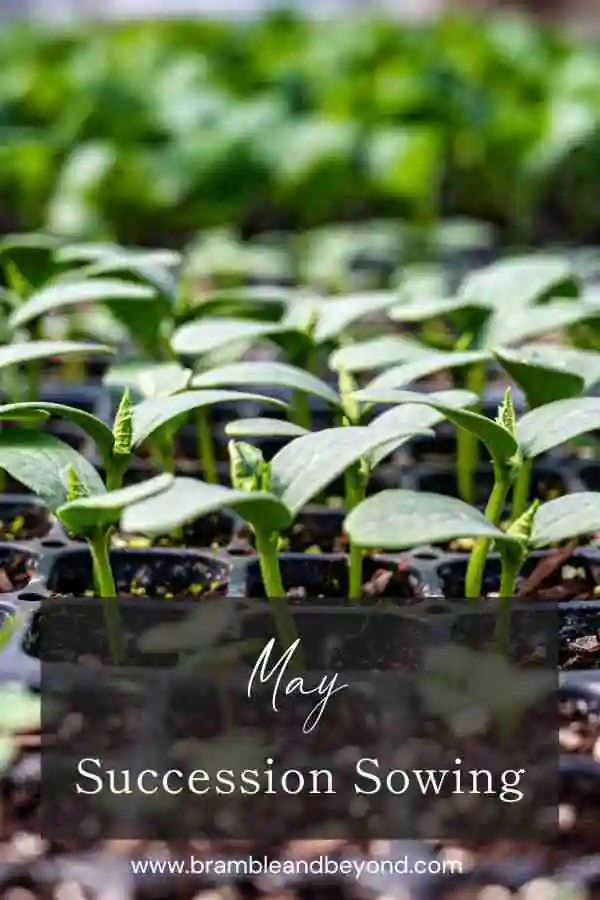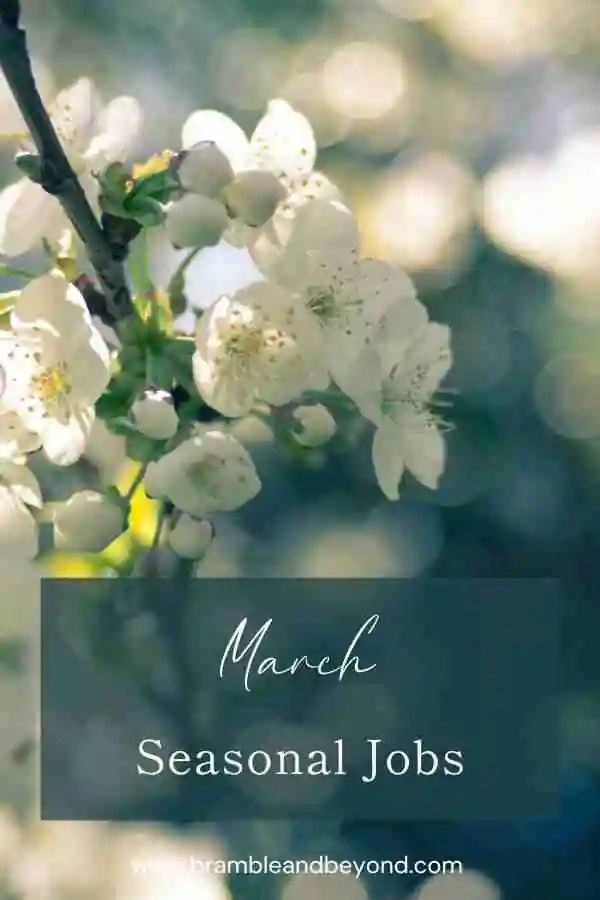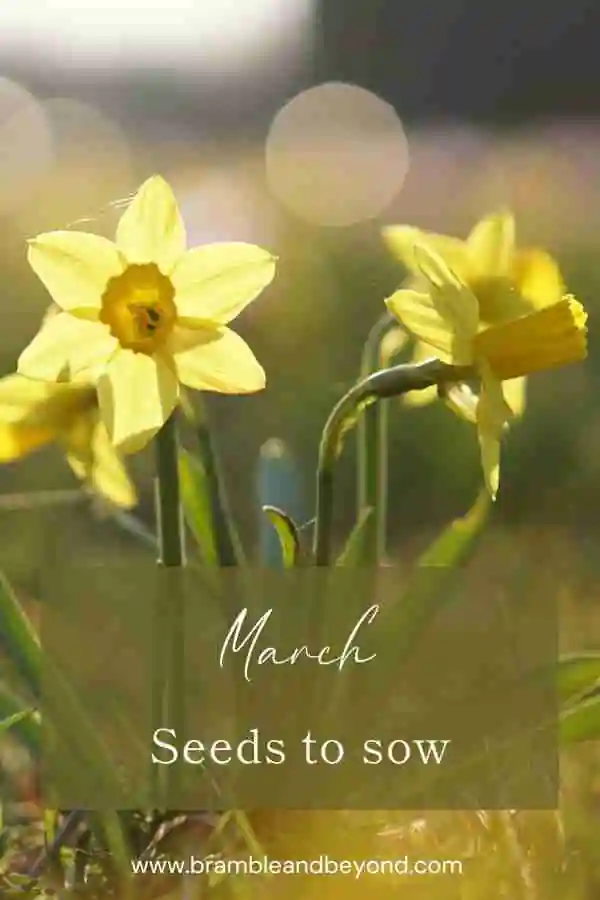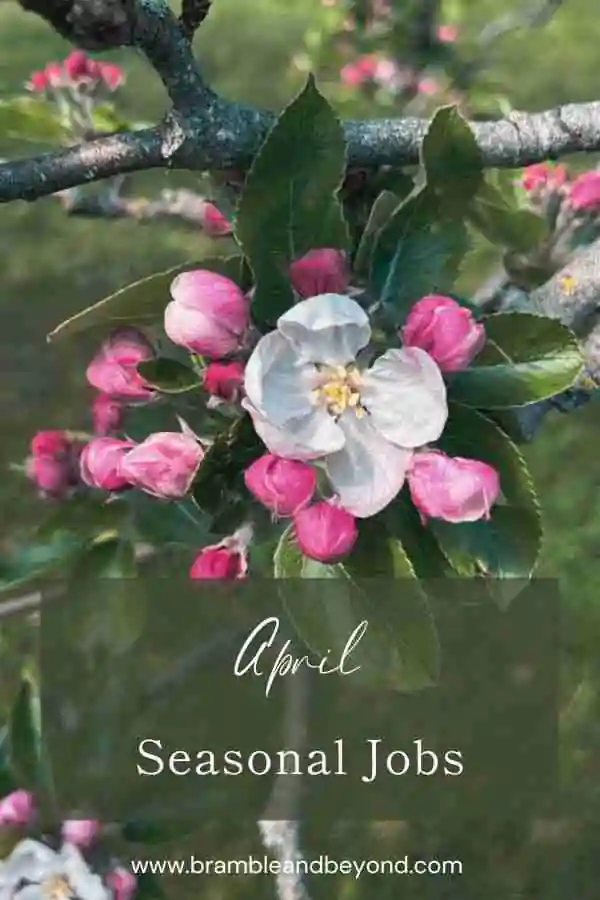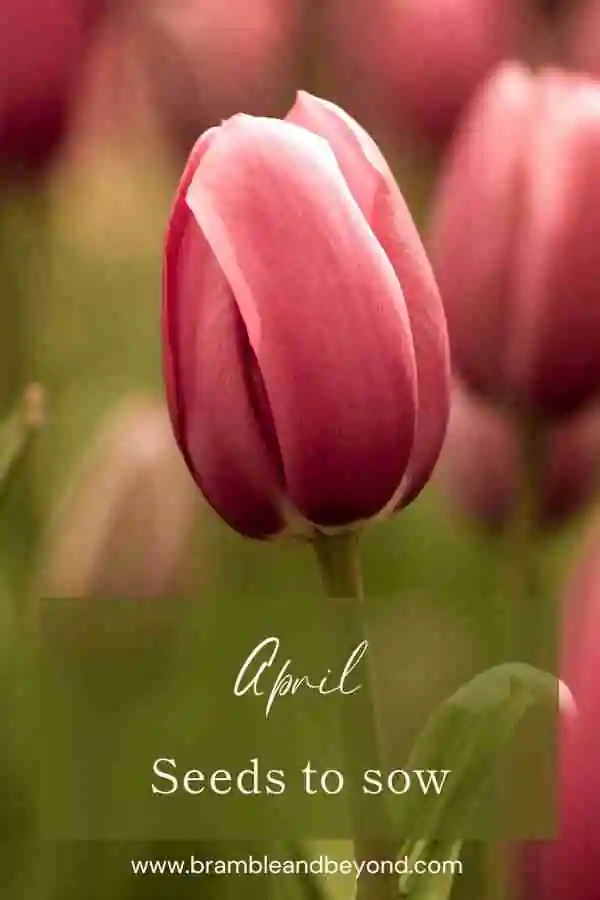Disclosure: This post may contain affiliate links, meaning I get commission if you decide to make a purchase through my links, at no cost to you. Please read my Affiliate Disclosure for more information.
With the arrival of Spring, the wedding season begins. If you’re planning a spring flower wedding in May, you’re in for a treat. The abundance of beautiful, fragrant, and colourful flowers is absolutely perfect for your special day. Keep reading to discover which flowers are ideal for a May wedding.
As a general rule, it’s always best to choose flowers that are in season during your wedding month. In May, being the first month of the growing season, you can rest assured that you’ll have plenty of flowers to adorn your wedding. At the start of the month, you’ll find an array of bulbs available, such as tulips, narcissi, and muscari (grape hyacinths). Towards the end of the month, you can expect to see the hardy annual seeds that were sown in Autumn beginning to bloom, along with ranunculus and some perennials.
Spring flower wedding growing guidelines
To make it easier to grow your own flowers for your spring flower wedding, let the season of your wedding guide you in choosing the colours and plants that are available to you.
In this series of articles covering growing wedding flowers each month of the growing season, I’m excited to share varieties that are perfect for beginners, will definitely bloom, and require minimal space for the number of flowers they produce. With that in mind, I’m have the following caveats:
- I have provided examples in the table below of what could be available in an established garden. Just keep in mind that perennials and shrubs need to be well established and a decent size in order to produce enough flowers. So, planting a peony the year before and expecting it to provide enough flowers for your wedding might not be realistic. However, if you already have three or four peony plants that have been around for at least 3 years, then you might be in business!
- Most of my suggestions are flowers that can be grown from seeds (or bulbs) and will bloom in just one season. Although, this might mean sowing them a year in advance to have the widest variety to choose from.
- Make sure you have enough space in a dedicated garden bed to grow the flowers you need. In this article you can calculate how much space you’ll need for your wedding flowers.
- The quantities I provide in my recipe are based on 1 pedestal arrangement. You can find the number of flowers you need for other arrangements here.
- The ‘Fancy’ flower category is optional and adds an extra level of texture, magic, or wow to your arrangement.
- Growing your own flowers means that you need to accept a certain level of imperfection. If you’re looking for perfectly straight roses, tulips, or ranunculus, it might be best to leave it to the professionals and hire a florist. Growing your own flowers adds a charming and unruly touch to your arrangements, which should be embraced. Rest assured, beautiful and charming flowers will result.
- Keep in mind that you can only cut the flowers that are in bloom at the time of your wedding. Wishing for peonies or roses to bloom on demand won’t make it happen. Although you can assist seeds and bulbs by controlling the temperature, their growth is ultimately determined by nature. This advanced gardening technique might require more equipment, so please keep that in mind.
Flowers for a May wedding
To help you create the most beautiful arrangements for your May wedding, take a look at the following list of flowers that are in season this month. The table below highlights some of the flowers that bloom in May and are known for being easy to grow. The perennials, shrubs, and trees are included as suggestions in case you have the opportunity to obtain them from friends and neighbours.
As May is the beginning of the growing season, I would be inclined to protect all my hardy annuals from frost so that you can nurture them and ensure a better winter survival rate and earlier flowering. If you are getting married later in the season then it’s not so critical.
| Name | Type | Flower Form | Sow | Notes |
|---|---|---|---|---|
| Butter Cup | Wild | Fancy | Forage | |
| Sweet Pea | Hardy Annual | Fancy | Sep-Oct year before | Protect from Frost |
| Canterbury Bells | Biennial | Filler | May – July year before | |
| Cow Parsley | Wild | Filler | Forage | |
| Honesty | Biennial | Filler | Apr – Oct year before | |
| Orlaya | Annual | Filler | Aug – Nov year before | Protect from Frost |
| Sweet Rocket | Biennial | Filler | May – July year before | |
| Wallflower | Biennial | Filler | Aug-Sep year before | |
| Alliums | Bulb | Focal | Sep-Oct year before | |
| Anemone | Corm | Focal | Oct-Dec year before | Protect from Frost |
| Narcissi | Bulb | Focal | Sep-Oct year before | |
| Ranunculus | Corm | Focal | Oct-Dec year before | Protect from Frost |
| Tulips | Bulb | Focal | Nov-Dec year before | |
| Cerinthe Major | Hardy Annual | Foliage | Aug-Sep year before | Protect from Frost |
| Greek Cress | Annual | Foliage | Mar | |
| Aqualeiga | Perennial | Filler | ||
| Clematis | Perennial | Fancy | ||
| Geum | Perennial | Fancy | ||
| Solomons Seal | Perennial | Fancy | ||
| Lilac | Tree | Focal | ||
| Iris | Perennial | Focal | ||
| Lupin | Perennial | Focal | ||
| Roses | Shrub | Focal | ||
| Mint | Perennial | Foliage | ||
| Peony | Shrub | Focal | ||
| Blossom (Apple, etc) | Tree | Foliage | Forage |
Don’t worry about trying to grow every single thing. Instead, focus on selecting 6 or 7 different varieties to create beautiful arrangements. Aim for a balance of 1/3 focal flowers, 1/3 filler flowers, and 1/3 foliage. And if you want to add any fancy decorative elements, go ahead and include them too!
May wedding flower arrangement recipe
For a lovely spring flower wedding with around 100 guests, you may consider making the following arrangements. Here’s an estimate of the number of stems typically needed.
| Arrangement | No. of Stems | No. of Arrangements | Total Stems |
|---|---|---|---|
| Jam-jar posies | 20 | 10 | 200 |
| Large jugs of flowers | 50 | 3 | 150 |
| Pedestal arrangement | 75 | 1 | 75 |
| Bride’s bouquet | 50 | 1 | 50 |
| Bridesmaids’ posies | 35 | 3 | 105 |
| Buttonholes | 5 | 5 | 25 |
Using a pedestal arrangement as an example, one recipe for May could be as follows:
- Focal – 10 lovely tulips, 8 charming alliums, 7 delightful ranunculus,
- Filler – 5 fragrant wallflower, 10 exquisite sweet rocket, 10 lovely orlaya,
- Foliage – 5 tall branches of lush foliage, 10 lovely greek cress, 10 gorgeous cerinthe major,
- Fancy – lovely sweet pea tendrils (or the flowers, if they happen to be in bloom)
This will create an arrangement of lush greens and elegant white, with delightful pops of colour depending on your tulip and ranunculus choice. You could also take a look at the flower recipe for early June as those flowers may also be available for you.
Tulips
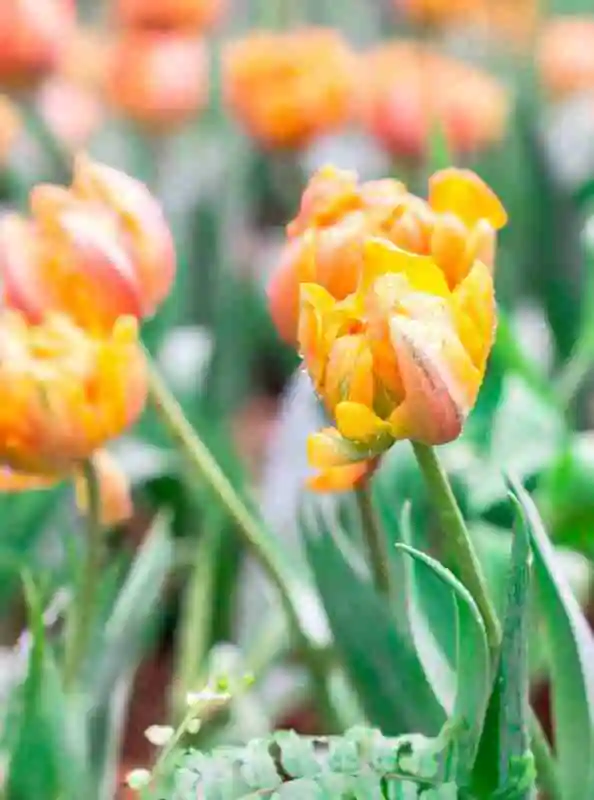
Tulips are my absolute favourite spring flower! I adore the way they gracefully bend and flex, creating their own unique shapes. Now, I understand that if you’re aiming for perfectly arranged bouquets, this may not be what you’re looking for but there are floristry techniques to try and tame this behaviour.
During tulip season, you can often find them at a great price in supermarkets. I’ve noticed that Tesco usually sells a bunch of tulips for just £5, so you might be wondering why bother growing your own. Well, the answer is simple – the range of tulips you can grow is so much more special than the basic variety available at Tesco.
There are countless styles to choose from, ranging from fluffy parrots to voluminous peony styles to elegant and simple shapes, all in a stunning array of colours. Depending on the shape you choose, you can use tulips as either focal or filler flowers. An arrangement featuring several different tulip varieties and colours, along with some foliage, could be all you need. You truly have an abundance of options to choose from.
Tulips are single-cut flowers, which means that one bulb will produce one beautiful bloom. To ensure you have enough flowers, you’ll want to determine how many you need and order the bulbs accordingly. You can plant them closely together, practically shoulder to shoulder, after the first frost the year before your wedding. This way, you can fit a remarkable number of tulips in a small space
Keep in mind that different tulip varieties bloom at different times. If you’re planning a May wedding, especially towards the end of the month, be sure to select late-flowering tulips.
Lastly, if you trim the flower stalk and leave some leaves on the bulb, you can plant the bulbs in your garden and be reminded of your special day for years to come.
Alliums
Alliums are another one of my favourite flowers because of their unique and captivating nature. When planted en-masse in your garden, they create a spectacular display. They can add a pop of colour to any bouquet and pair well with tulips in a May wedding bouquet.
These flowers come in a variety of colours, ranging from vibrant purple to delicate white, and even some pinky/green shades. The flower heads resemble sparklers, with their different sizes and playful appearance.
Just like tulips, alliums are single-cut flower stems, so it’s important to plant enough of them.
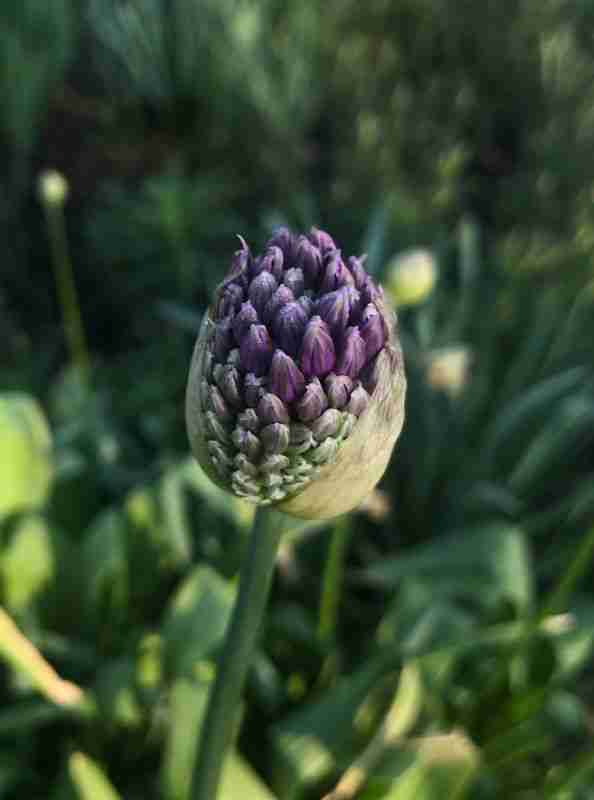
And the best part? They can be replanted after the event, allowing you to enjoy them for longer.
For optimal growth, it is recommended to plant alliums in early autumn, the year before you plan to use them.
One more thing to keep in mind is that you have the option to dry the flower heads and preserve some of your actual wedding flowers for a lifetime.
Ranunculus
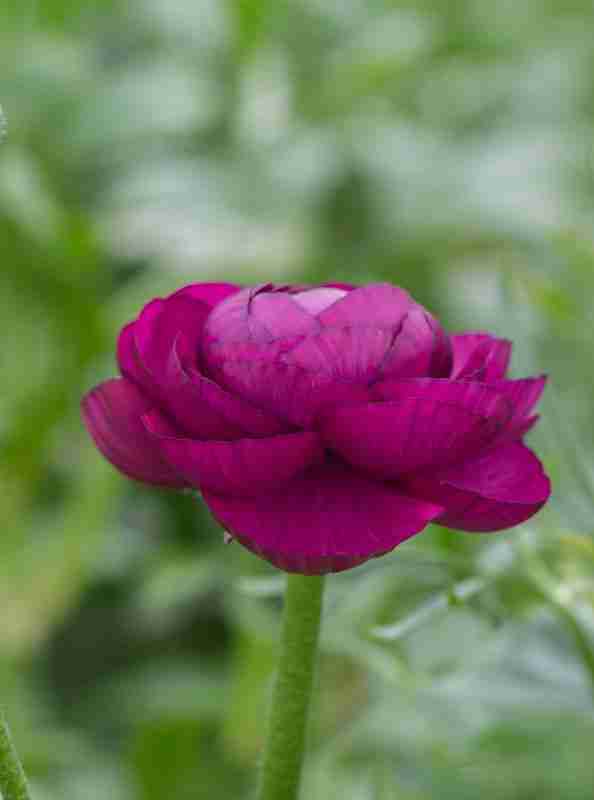
Ranunculus flowers are quite popular for May weddings. However, they can be a bit challenging to grow. They require a little more attention compared to Tulips and Alliums. Ranunculus flowers grow from corms and prefer warm temperatures to start off. Once they start growing, they need to be kept moist, but not overly so. They also prefer cooler temperatures, but not excessively cold. If there is a risk of frost, it’s a good idea to protect them. By providing protection, they may even bloom earlier. If this sounds complicated, it is!
These flowers are available in various colours and have delicate petals, which give them a beautiful and soft appearance.
Additionally, the unique shape of Ranunculus flowers can add texture and depth to any floral arrangement.
Corms are similar to bulbs, so you can lift, dry and replant them the following autumn and have them flower year after year.
Ranunculus flowers have multiple stems, and each corm can produce around 5 stems. If you pick the flowers, it can even encourage more blooms.
Wallflower
Wallflowers are a fantastic choice for May wedding flowers. They come in a variety of colours, ranging from deep purple to delicate pink to bright orange. Wallflowers have a unique shape and a delightful fragrance, which can add an extra touch to your floral arrangements.
Growing wallflowers from seed is relatively easy since they are biennials. This means that you sow the seed in the first year, and they will bloom the following year. To enjoy blooms in the spring, it’s best to sow the seeds in early autumn.
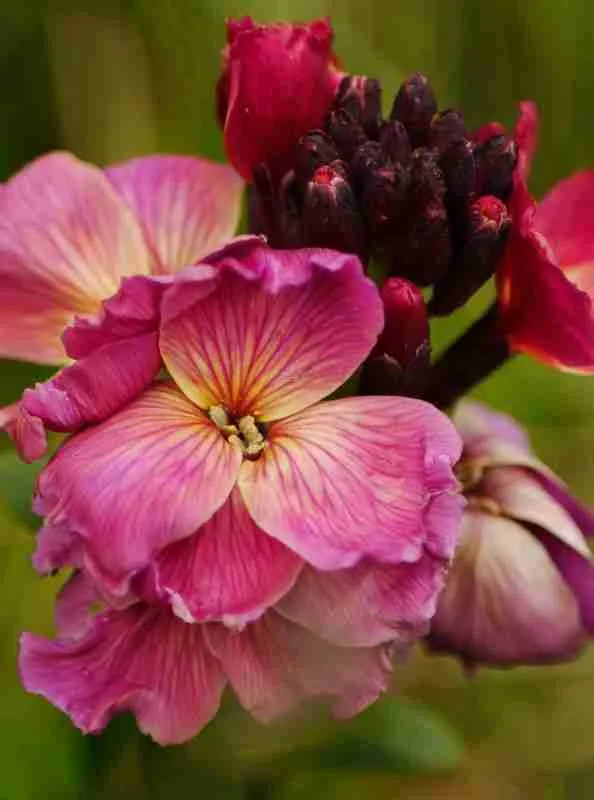
Wallflowers are multi-stemmed flowers, and you can expect to have about 3 stems per plant at any given time. However, by picking the flowers, you can extend the flowering period.
Sweet Rocket
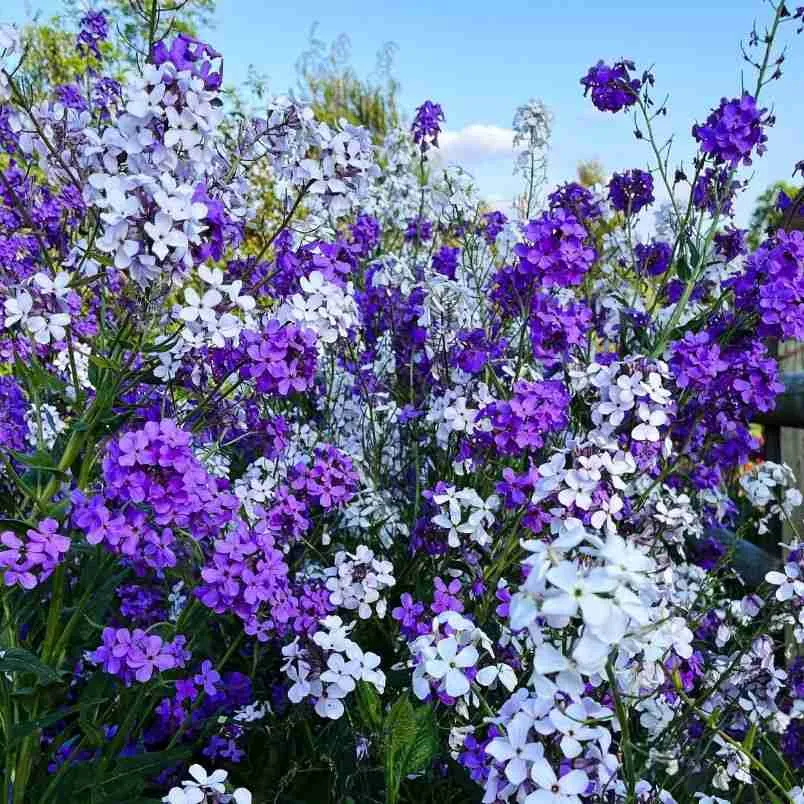
Sweet Rocket is a fragrant flower that is perfect for May weddings. It has delicate petals and a unique shape that can add texture and depth to any arrangement.
Sweet Rocket is usually available in either white or soft purple.
Again, these flowers are biennials, so they need to be sown the previous year. However, this time in early summer, so they are big enough plants for flowering the following May.
Sweet Rocket is a multi-stem plant, and it is possible to get about 10 stems per plant at any time. You only need a few of these plants to produce an abundance of flowers for months.
This is usually a filler flower rather than a focal flower.
Orlaya
Orlaya is a truly stunning and unique annual. It features beautiful, fern-like foliage and absolutely charming, delicate, pure white umbels. If you appreciate the ethereal beauty of country roads adorned with cow parsley, this plant will provide a similar enchanting effect.
This hardy annual should be planted in the preceding autumn to ensure a blooming display in May. Additionally, if you cultivate a sufficient quantity, it can also be utilised as foliage.
Orlaya is a multi-stemmed plant, and it has the potential to produce around 6 flowering stems per plant simultaneously.
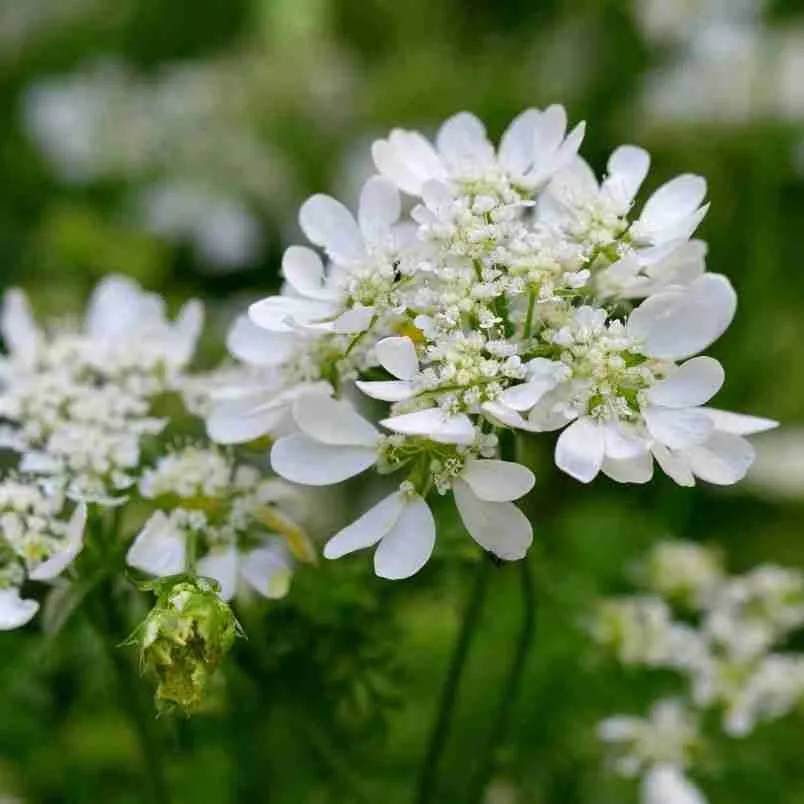
One additional thing to keep in mind, this particular seed can be a bit challenging to get started. Personally, I’ve had my fair share of unsuccessful attempts in finding the perfect conditions for it to thrive, and I’m still experimenting. However, if you’d like to avoid any unnecessary stress, you could try growing ammi major instead. It’s a similar plant that is generally easier to grow.
Greek Cress
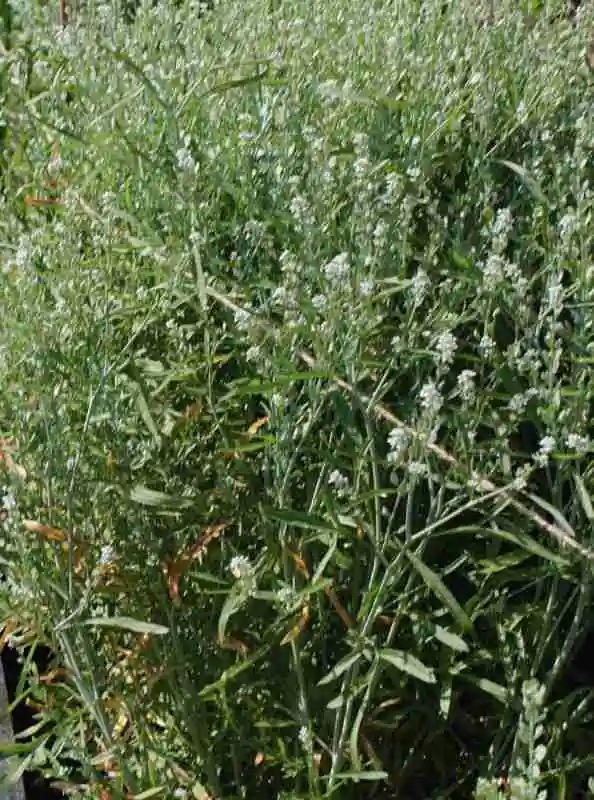
Greek Cress is a delightful foliage plant that florists adore but often have difficulty finding. Fortunately, it is incredibly easy to grow! While the flowers may be fairly insignificant, the plant produces tall, stiff pale green stems as it begins to seed. It is at this point that you can harvest the plant and incorporate it into your arrangement.
For a striking effect, gather bunches of Greek Cress together. Alternatively, you can scatter single stems throughout the arrangement to create a more airy and whimsical feel.
If you find yourself lacking other foliage options for your arrangements, Greek Cress is perfect for May weddings.
The seeds of Greek Cress can be planted close together, allowing you to maximise space. However, you don’t need a large quantity of it to achieve the desired effect.
Cerinthe Major
Cerinthe Major is a beautiful annual flower that would be perfect for a May wedding. I classify it as foliage because of its unique blue-green leaves that gradually turn purple as they grow on the stems. And let’s not forget about the flowers – they are unlike anything else you’ll see, with tubular shapes and a dark purple-blue color. Although they are small and discreet, they still add a touch of elegance without overpowering other elements in your arrangement.
Cerinthe Major is an excellent choice for adding texture and depth to any floral arrangement. It is a resilient annual plant that is easy to grow from seed. For blooms in May, it is recommended to sow the seeds in the previous autumn.
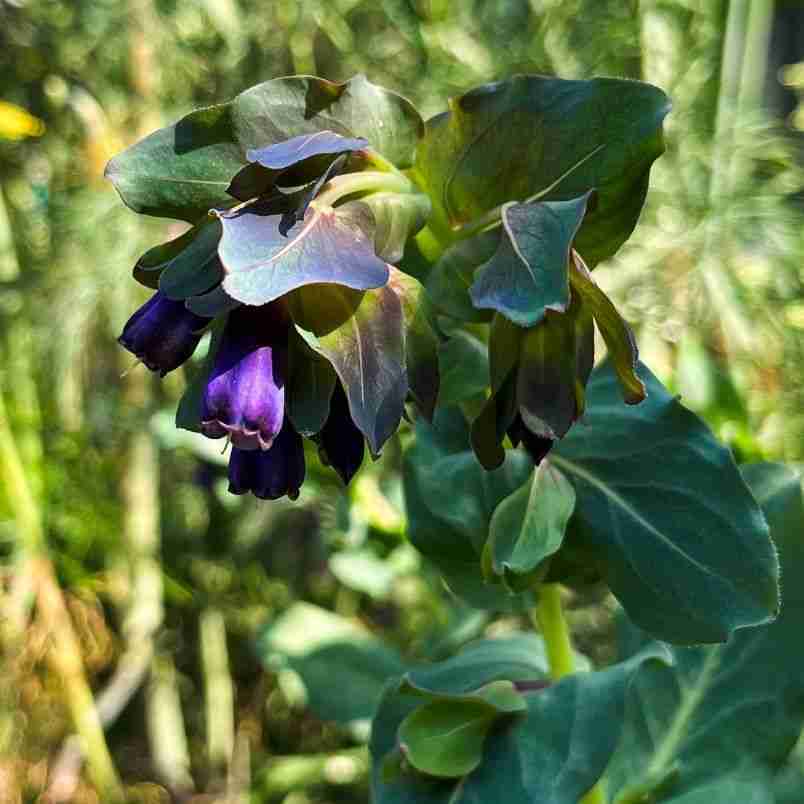
These flower examples are here to give you an idea for your mid summer wedding, but there are plenty of options to choose from. Sarah Raven is a great place to start looking for ideas. I love her site, it’s like flower inspiration overload! However, sometimes the quality of the seeds, tubers, and bulbs can be a bit hit-and-miss, and they can also be a bit pricey. On the other hand, I have been really impressed with the quality of the bulbs and tubers from Peter Nyssen, and if you’re looking to buy seeds I have seeds for all of the annuals and biennials mentioned above in my shop, but Chiltern Seeds is also a fantastic place to go.
The wonderful thing about having a spring flower wedding in May is that you can start growing any hardy annual the year before, so you’ll be well on your way once spring arrives. And the best part is, you also have so many bulbs and corms to choose from. Not to mention all the beautiful blossom branches you can find in gardens and hedgerows. With just a little effort, you can create something truly special.

